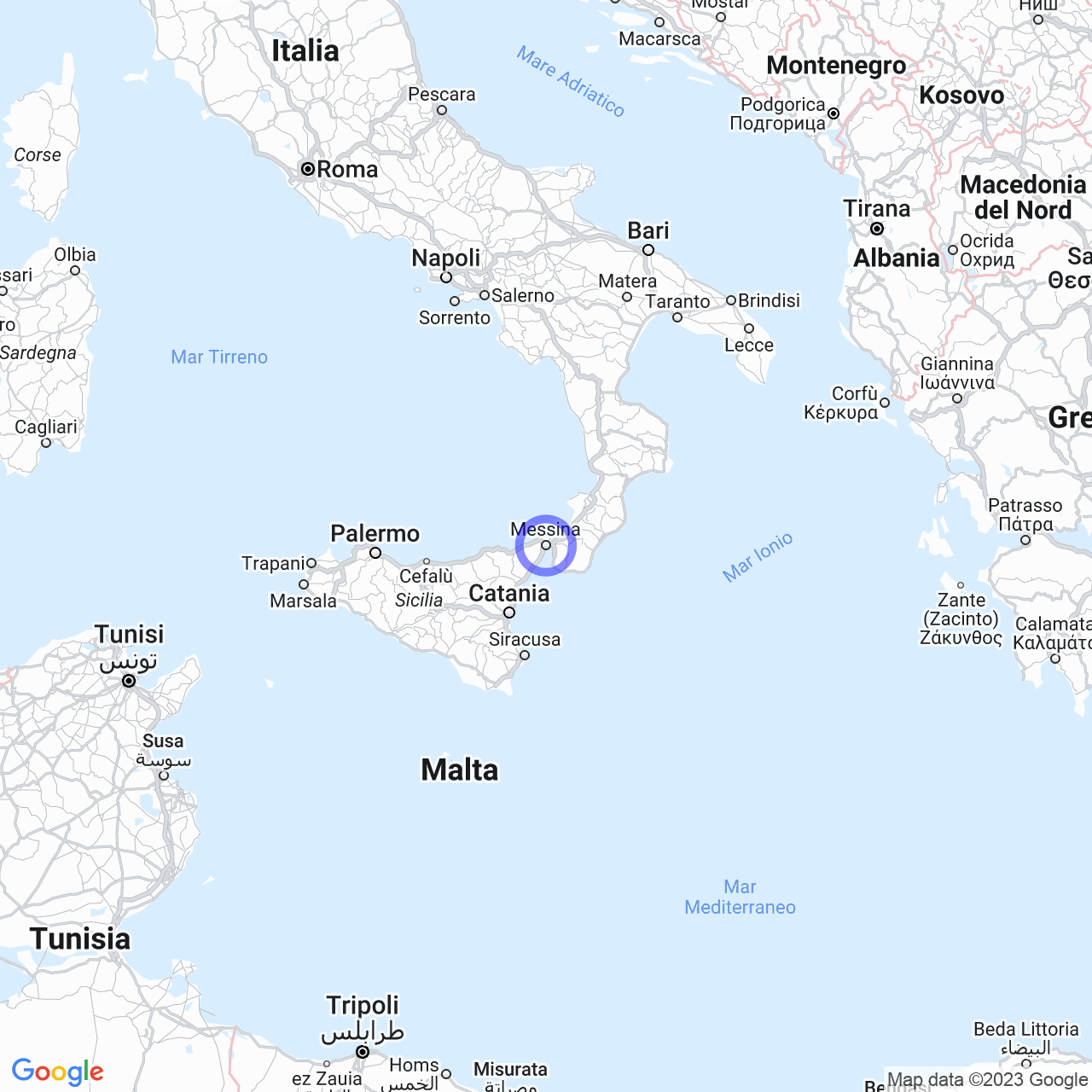Mili San Pietro
Mili San Pietro: the hilly district of Messina
Mili San Pietro is a hilly district of Messina located in Municipalità I. This small district has a population of 655 and is also known as Mili Superiore. The patron saint of the village is St. Peter the Apostle, thus it is also known as San Pietro. Mili San Pietro is located in the southern part of the city, on the Peloritani mountains, at an altitude of 199 meters above the Mili stream valley. It is rich in citrus groves, olive groves, vineyards, and Mediterranean vegetation.
The Church of Santa Maria di Mili
The Church of Santa Maria di Mili is the main attraction of Mili San Pietro. It is a former Basilian abbey dating back to 1091, characterized by Arab-Norman style. It is one of the most important churches in Messina and is visited by many tourists. Moreover, some Greek codes are conserved in the Vatican Library in Rome that report the Greek form of the toponym, allowing to reconstruct its meaning. Mili San Pietro was founded during the Byzantine era, around the 7th or 8th century. It developed in the upper part of the Mili stream valley thanks to the presence of the Basilian Order of Santa Maria di Mili abbey and the farmers who worked the abbey's lands.

History of Mili San Pietro
During the Norman era, Roger I of Sicily rebuilt the church and the monastery that had decayed under Arab rule. In 1091, the church and the monastery were endowed with extensive possessions, and Giordano of Altavilla, illegitimate son of Roger I, was buried in the church. The abbot was also the baron of Mili and under his reign the castle was built in the village district. Furthermore, the ancient privilege of baiulato is linked to its presence. In 1708, Philip V of Spain elevated the ancient barony of Santa Stefano Medio and Santa Margherita (Messina) to the rank of principality. The Palermo family of Santa Margherita owned this barony since the 14th century and Mili Superiore was also part of it. However, in 1712 all the hilly districts of Messina were alienated with their territories following the History of Messina## From the Renaissance to the Anti-Spanish Revolt and therefore Mili Superiore returned to demesne ownership. In 1943, the nearby village of Tipoldo was separated from Mili San Pietro.
In general, Mili San Pietro is a fascinating place to visit. The Church of Santa Maria di Mili is one of its most valuable treasures. If you are in Messina, do not miss the opportunity to visit this hilly district rich in history and natural beauty.
